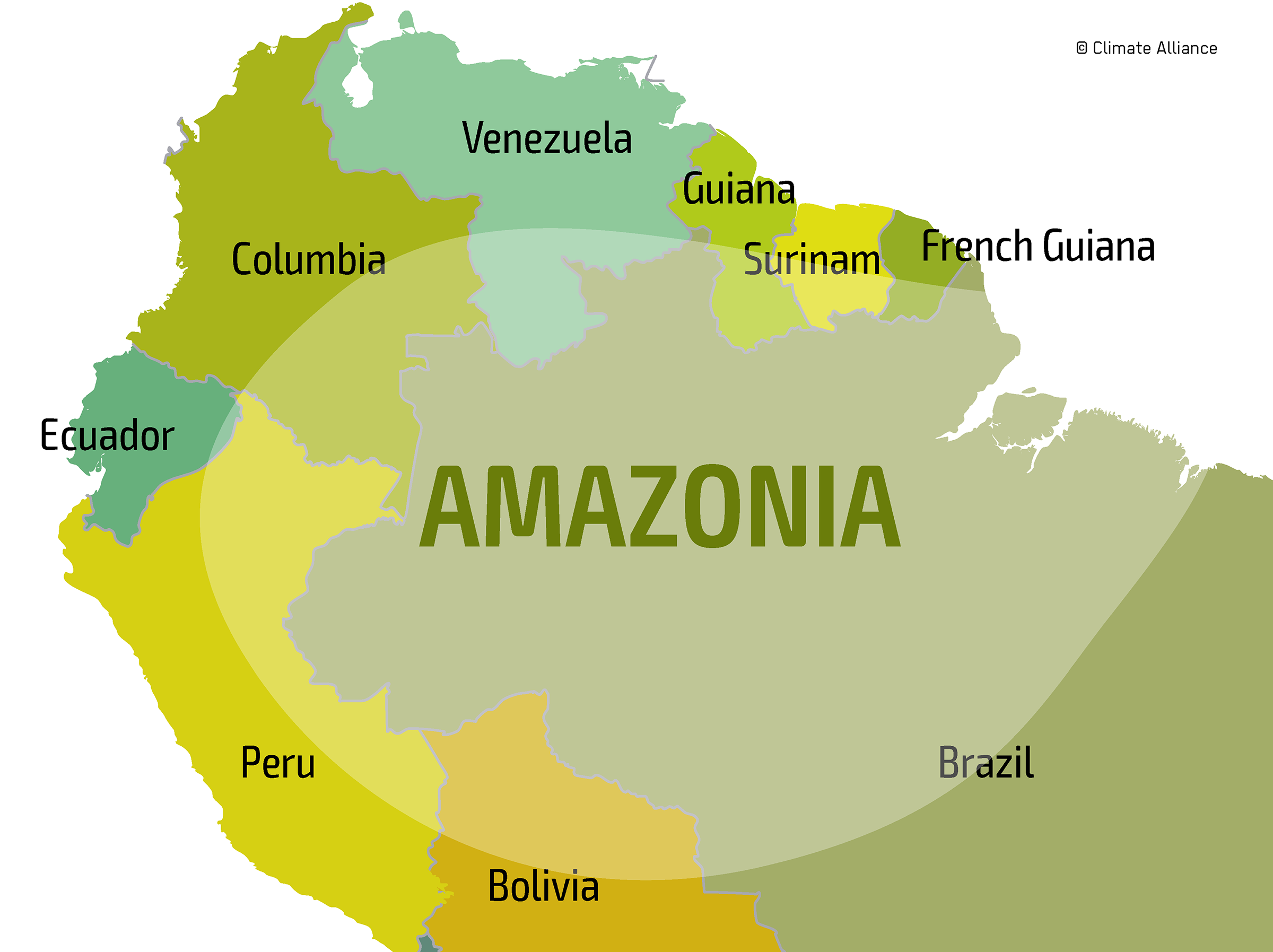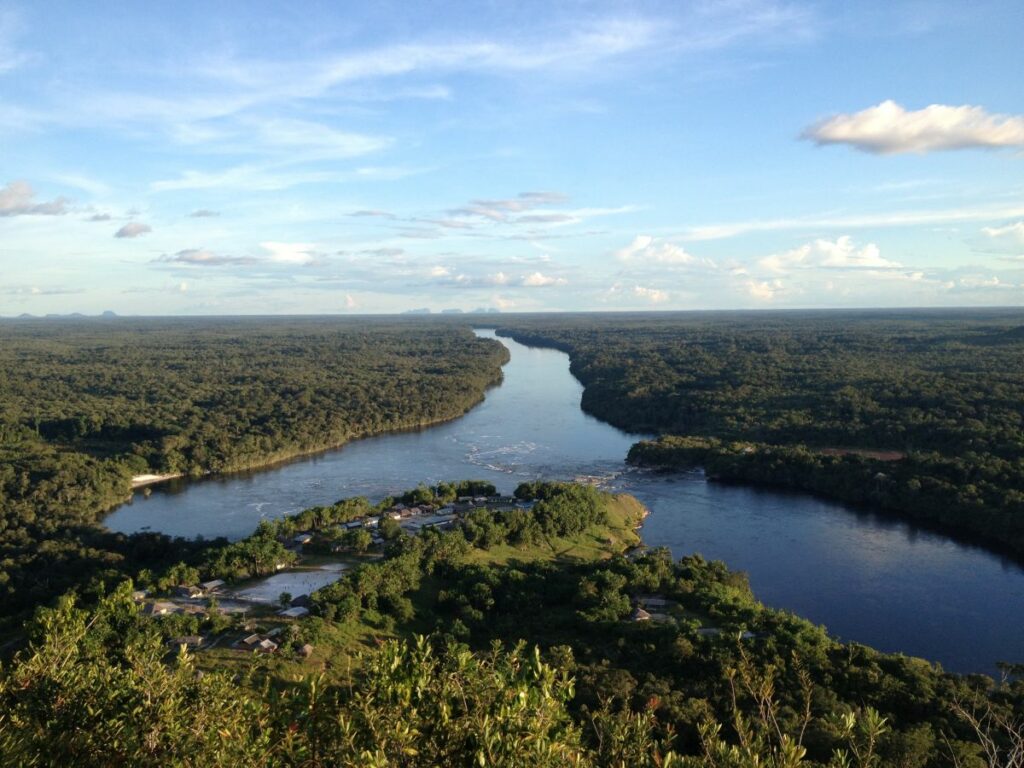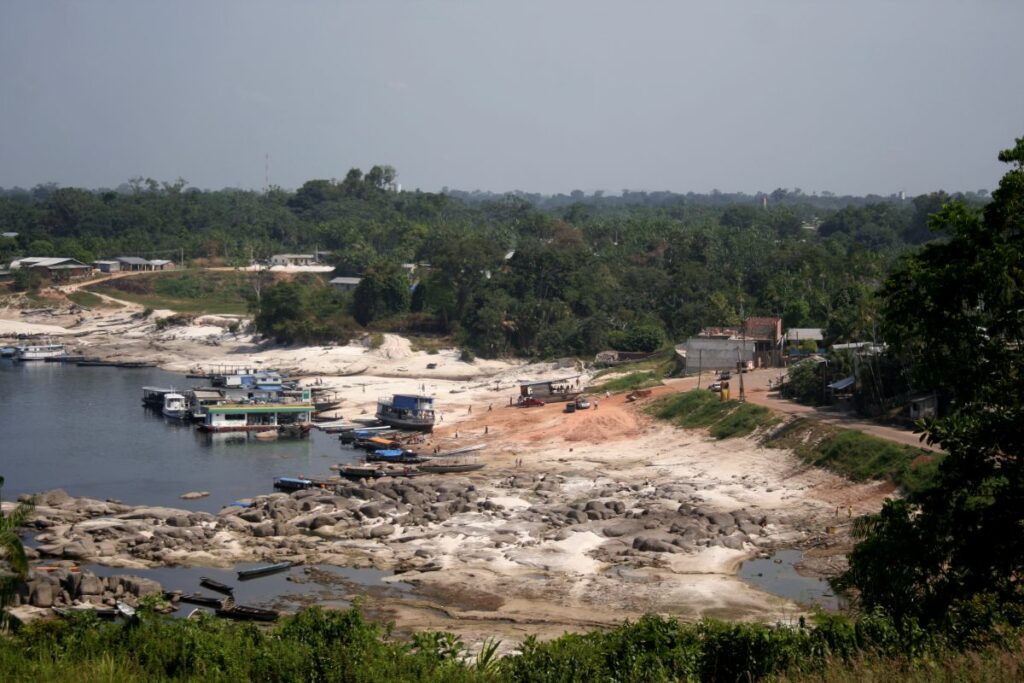Amazonia: Droughts
Harol Rincón Ipuchima, COICA
© COICA

Harol Rincón Ipuchima, Coordinator of Territories, Environment and Natural Resources at COICA (Coordinator of Indigenous Organizations of the Amazon Basin) and Vice-President of Climate Alliance:
“In addition to exceptional rainfall in some regions, there were more ‘record droughts’ in the Amazon, such as those in 2005 and 2010. All of the rivers dried up completely, which meant that the people living in those regions could not leave their communities and had to be provided with supplies by the military. Millions of trees died and the number of forest fires increased. Climate change is another new danger for us – in addition to the exploitation of natural resources, such as illegal logging, the expansion of agriculture and large-scale infrastructure projects. We, the indigenous peoples of the Amazon, protect the rainforests, which have always formed the foundation of our lives.”
Scientific background
Observations in the Amazon by satellite and on the ground during the recent droughts revealed that more trees are dying and forest fires are occurring more frequently. During the drought in 2010, about 70 million hectares of forest in the western Amazon suffered from severe water shortages and a concomitant reduction in the canopy and loss of moisture that lasted until the next drought in 2015. A single drought can reduce the forest’s carbon absorption for years after the rainy season.
Current rates of deforestation and forest degradation mean the Amazon is approaching a tipping point at which rainforests become seasonal forests or even savannahs and convert from carbon sinks into carbon sources. Since the drought years, the Amazon basin has been losing 270 million tonnes of CO2 per year, with no sign of regaining its full function as a carbon source.

The rainforest is a huge carbon sink: An average hectare of rainforest binds approximately 5–20 tonnes of carbon dioxide from the atmosphere annually and stores around 250 tonnes of carbon permanently in its biomass. The rainforest is best preserved in the areas where indigenous peoples have secured their land rights. Thus, they make an outstanding contribution to environmental protection.

